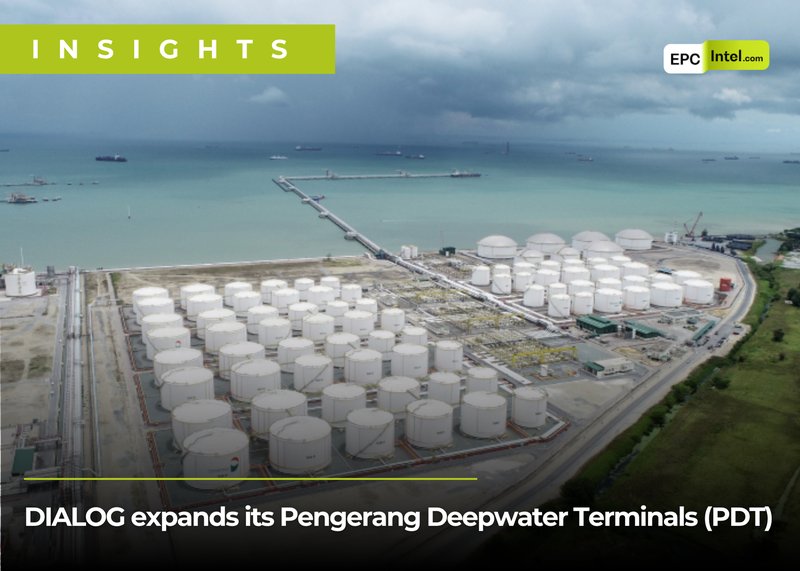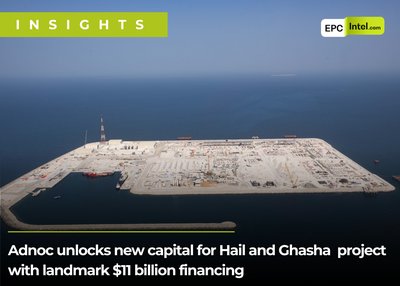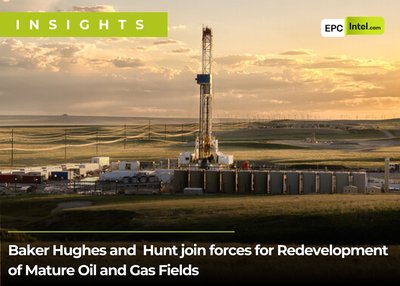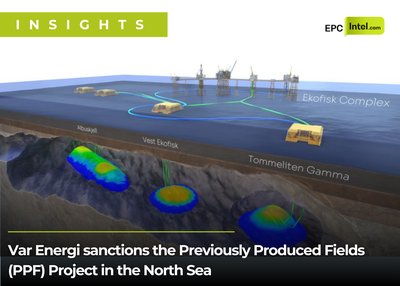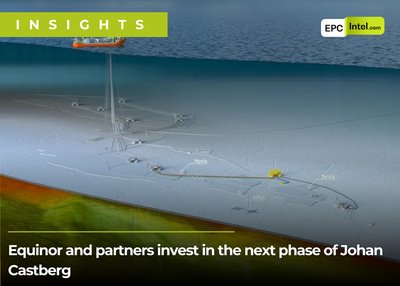Dialog Group has pushed the button on another major expansion at Pengerang Deepwater Terminals, and this time the numbers are big enough to shift the balance of Malaysia’s midstream landscape. A fresh long term service agreement with bp Singapore will add 614,000 cubic meters of new storage, more than doubling the terminal’s existing Phase 3 footprint and raising PDT’s total to around 1 million cubic meters. For a hub designed to become Asia Pacific’s dominant petroleum and petrochemical logistics platform, this latest move hits exactly where the region’s growth curve is bending, into biofuels, cleaner refined products, and integrated downstream logistics.
This new tranche of capacity takes Phase 3 from an already credible 430,000 cubic meters, commissioned in 2021, to something more akin to a regional anchor tenant model. bp Singapore, the long term customer for the initial Phase 3 tanks, effectively underwrites the next step in Dialog’s build out through a conditional LTSA signed on 18 November 2025. Mechanical completion is expected by mid 2028, and once online, the new tanks will sit within a fully integrated midstream ecosystem that now looks increasingly difficult for any rival in Southeast Asia to replicate at similar scale and depth.
Why bp is doubling down
bp is not committing to another half million plus cubic meters because it needs somewhere to park legacy cargoes. The push into refined products and biofuels is strategic, and Pengerang gives bp a structurally advantaged position for aggregation, blending, and multi product distribution across the region. The deepwater jetties and five new berths planned for Phase 3 expansion create the marine throughput needed to handle more flexible barrels and future fuels, while the “plug and play” setup reduces onboarding timelines for new flows.
From an EPCIntel.com perspective, this is the type of anchor capacity agreement that derisks capital deployment for the terminal owner and unlocks a sequence of engineering and construction packages that ripple across the supply chain. Dialog’s in house engineering, construction, fabrication, and plant maintenance units will now drive significant scope, but the size and complexity of a 600 thousand cubic meter storage expansion leaves room for contractors in piping, mechanical packages, power distribution, jetty works, marine civil engineering, and tank construction.
Expected EPC spend and package structure
Based on EPCIntel.com’s tank farm benchmarking across similar Asia Pacific deepwater terminals, a 614 thousand cubic meter expansion of mixed product tanks typically drives total capital spend in the range of USD 400 to 520 million. For Pengerang’s technical configuration and deepwater integration, we expect the midpoint around USD 465 million.
Typical package distribution for an expansion of this scale would be:
- Tank construction and foundations: 30 to 35 percent. Roughly USD 135 to 160 million. This includes tank fabrication, foundations, insulation, fire protection, and internal tank systems.
- Piping, pumps, and interconnecting systems: 20 to 22 percent. Around USD 90 to 105 million. Major opportunities for mechanical contractors and specialty pipeline firms given the large diameter lines across Phase 3.
- Marine works and berth construction: 15 to 18 percent. Approximately USD 70 to 85 million. Includes new berths, dredging, navigational aids, marine structures, and jetty integration.
- E&I, control systems, and power distribution: 10 to 12 percent. USD 45 to 55 million, driven by SCADA integration, metering systems, and high availability power distribution networks.
- Common facilities and utilities integration: 8 to 10 percent. USD 35 to 45 million. Covers firefighting systems, nitrogen facilities, shared utilities tie in, and product handling infrastructure.
- Project management, construction management, and owner’s costs: roughly 10 percent. USD 40 to 45 million.
The package structure mirrors what Dialog deployed during Phase 3’s initial build out in 2018 through 2021, so we expect high continuity of preferred subcontractors and strong Malaysian local content.
Pengerang’s midstream strategy turns into scale
Since commissioning the first 430 thousand cubic meters at Phase 3 in 2021, Pengerang has gradually shifted from an aspirational Southeast Asian hub to a real throughput engine with multinational oil companies, traders, and petrochemical customers gravitating toward its flexibility. The addition of five new berths is a quiet but significant lever, since marine handling capacity often becomes the real bottleneck long before tank space runs out.
What Dialog is constructing at Pengerang is not a storage terminal, but a regional midstream platform with integrated berth planning, multi product pipelines, interconnected tank farms, and a third party utility ecosystem designed for high cycling customers. The combination of deepwater access, integrated infrastructure, and modular expansion makes it one of the few places in Asia Pacific where biofuels, refined products, and petrochemicals can be handled at industrial scale without slow regulatory or infrastructure drag.
More upside still to come
The strategic intent is obvious. Dialog is building recurring income, phase by phase, while using each expansion to feed work into its engineering and maintenance arms. With Phase 3 now shifting from 430 thousand cubic meters toward one million cubic meters, Dialog is entering a scale bracket where the terminal becomes indispensable for regional flows.
For EPC contractors, suppliers, and marine specialists, the next three years from 2025 to 2028 will generate a tight sequence of bid packages. For bp, it is long term optionality in the fastest expanding downstream hub in Southeast Asia. And for Pengerang, it is one step closer to the role it has been eyeing for a decade, the Asia Pacific’s most important deepwater petroleum and petrochemical terminal.
